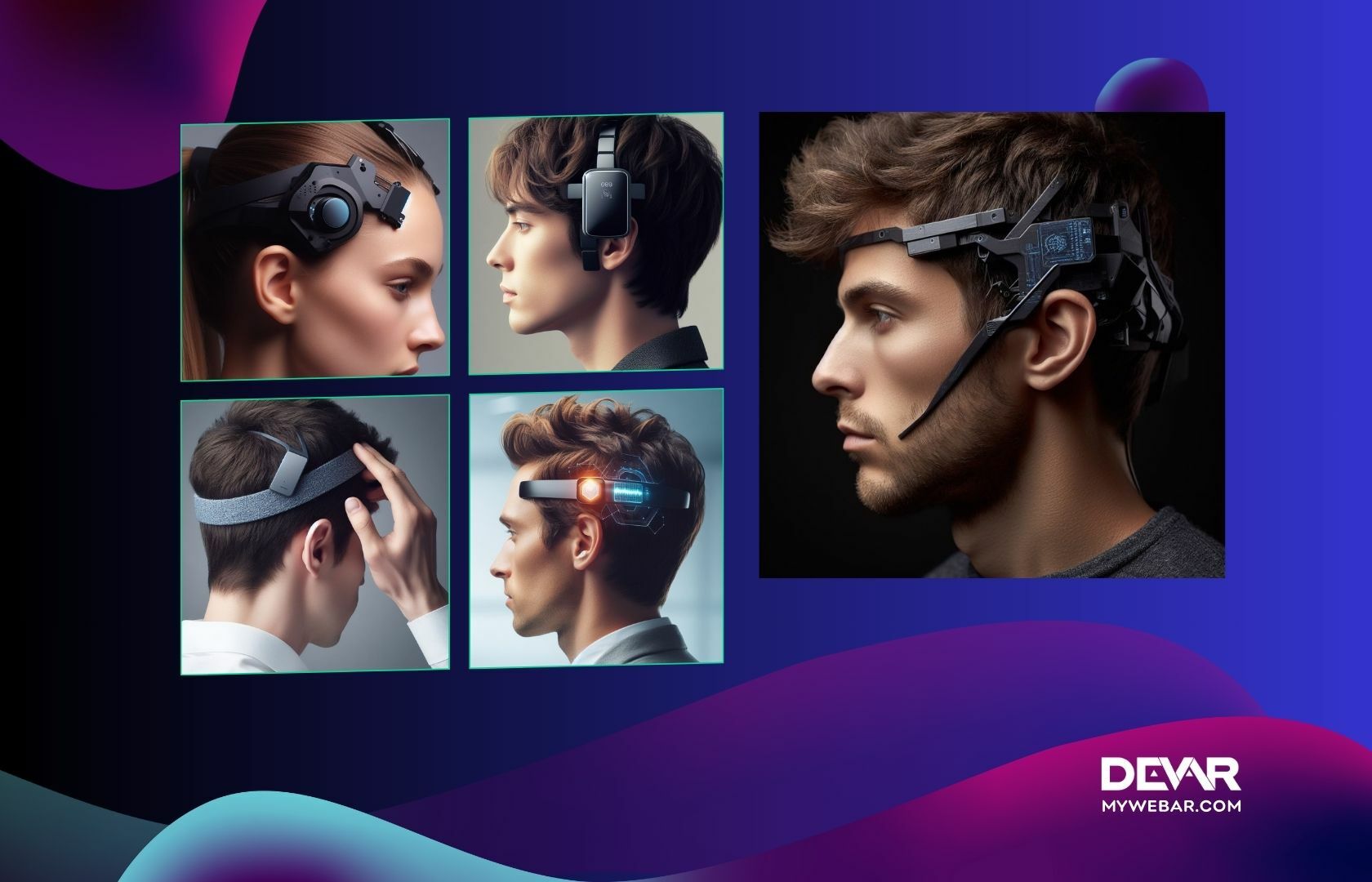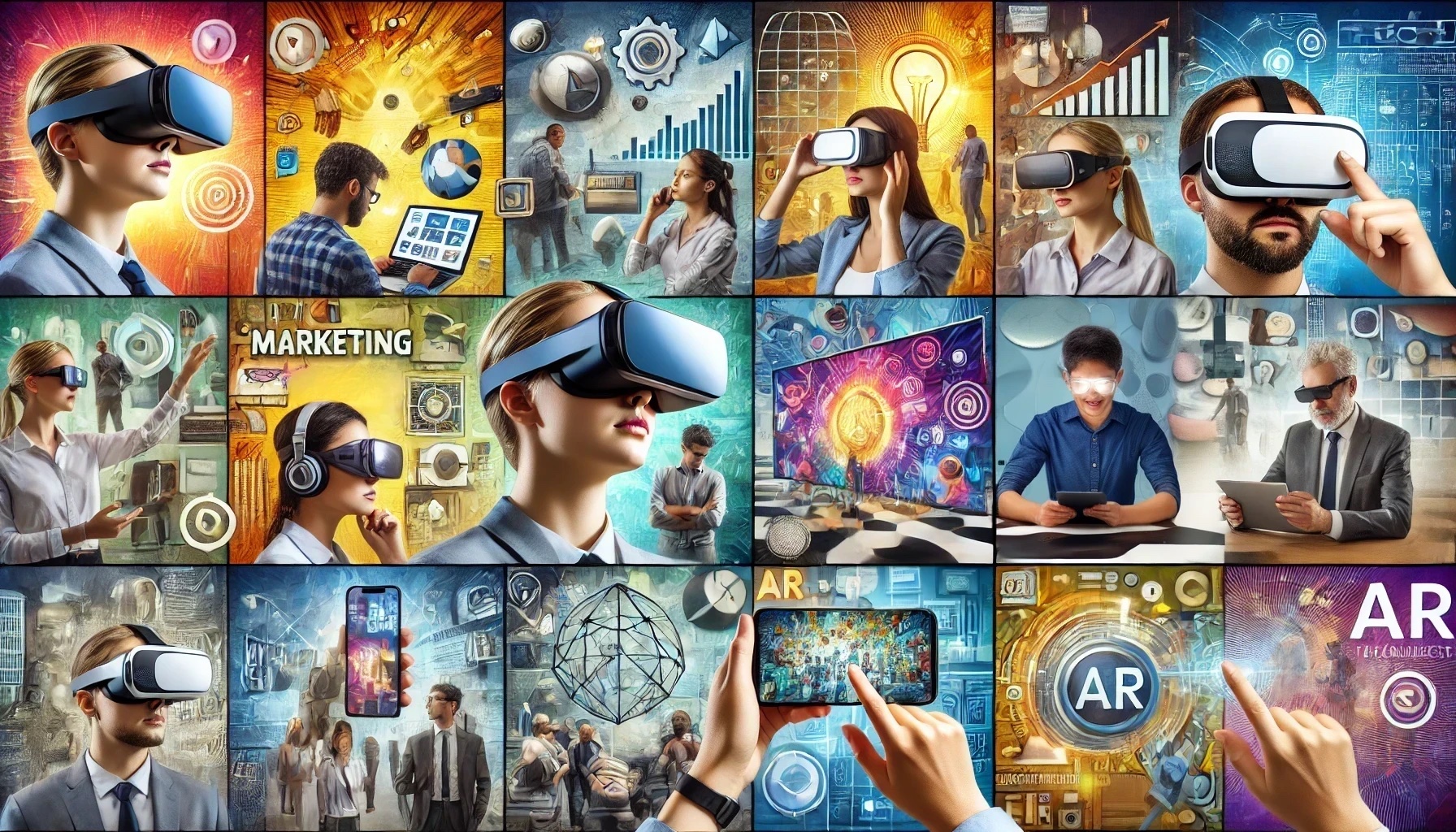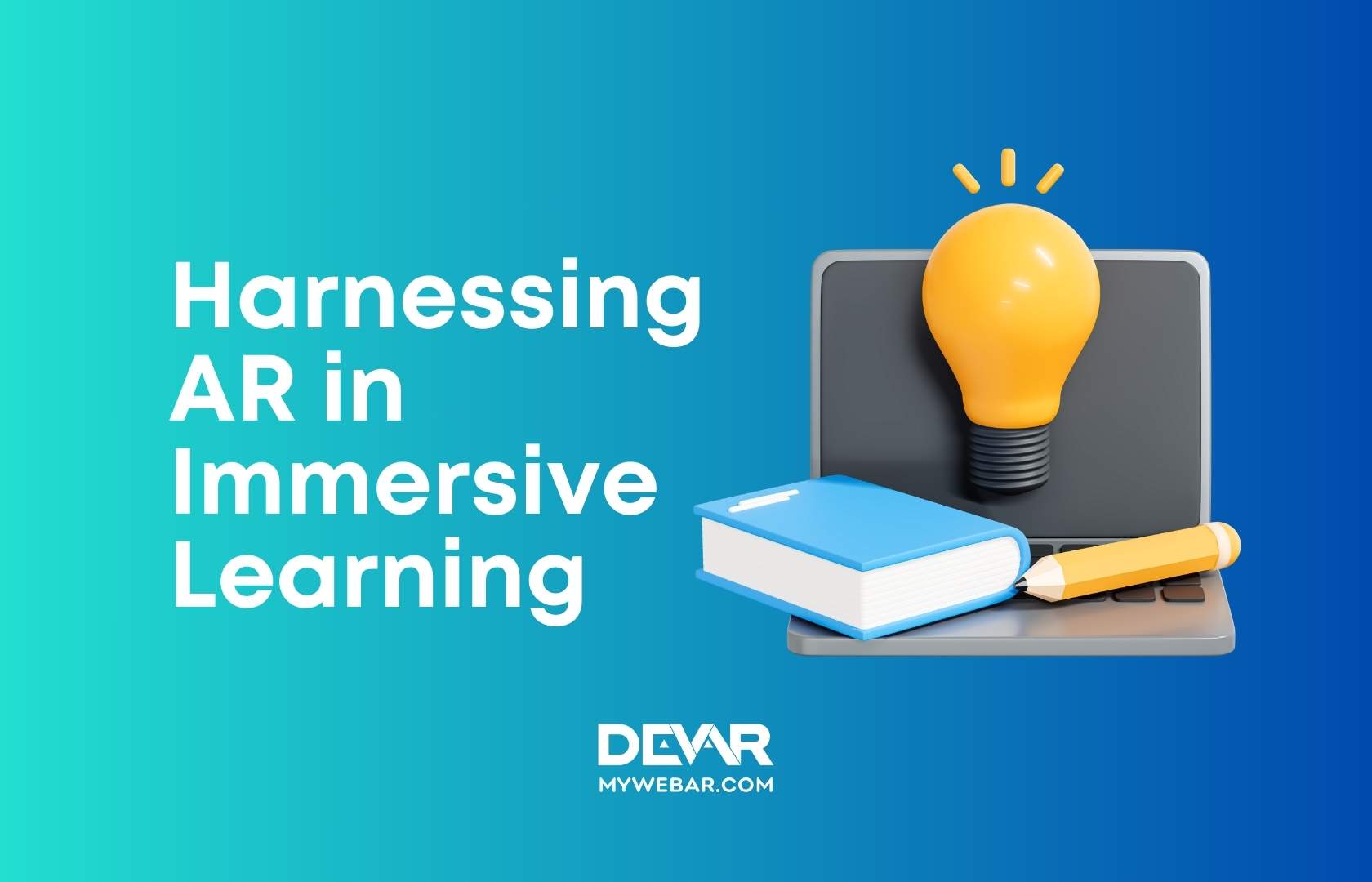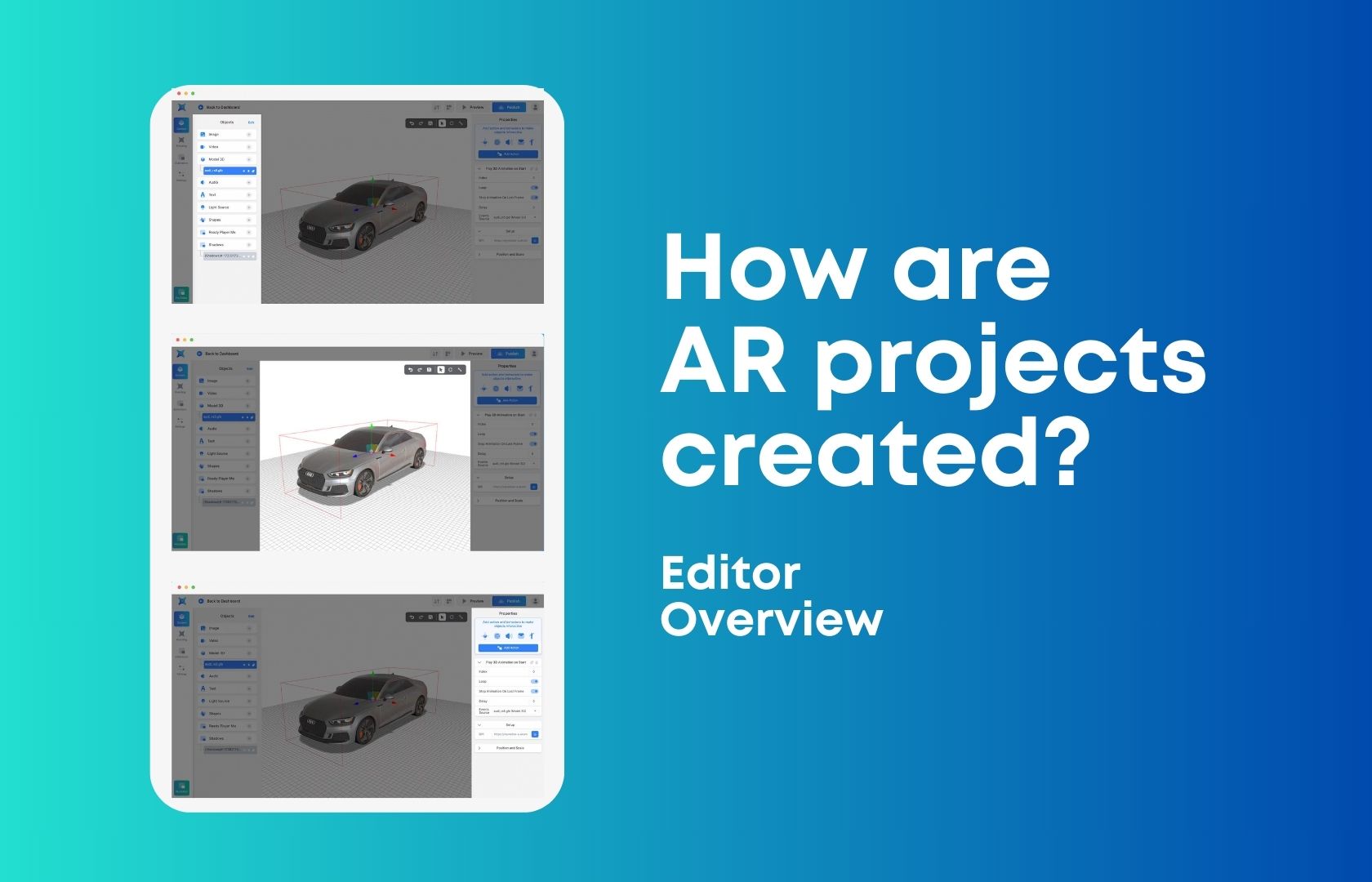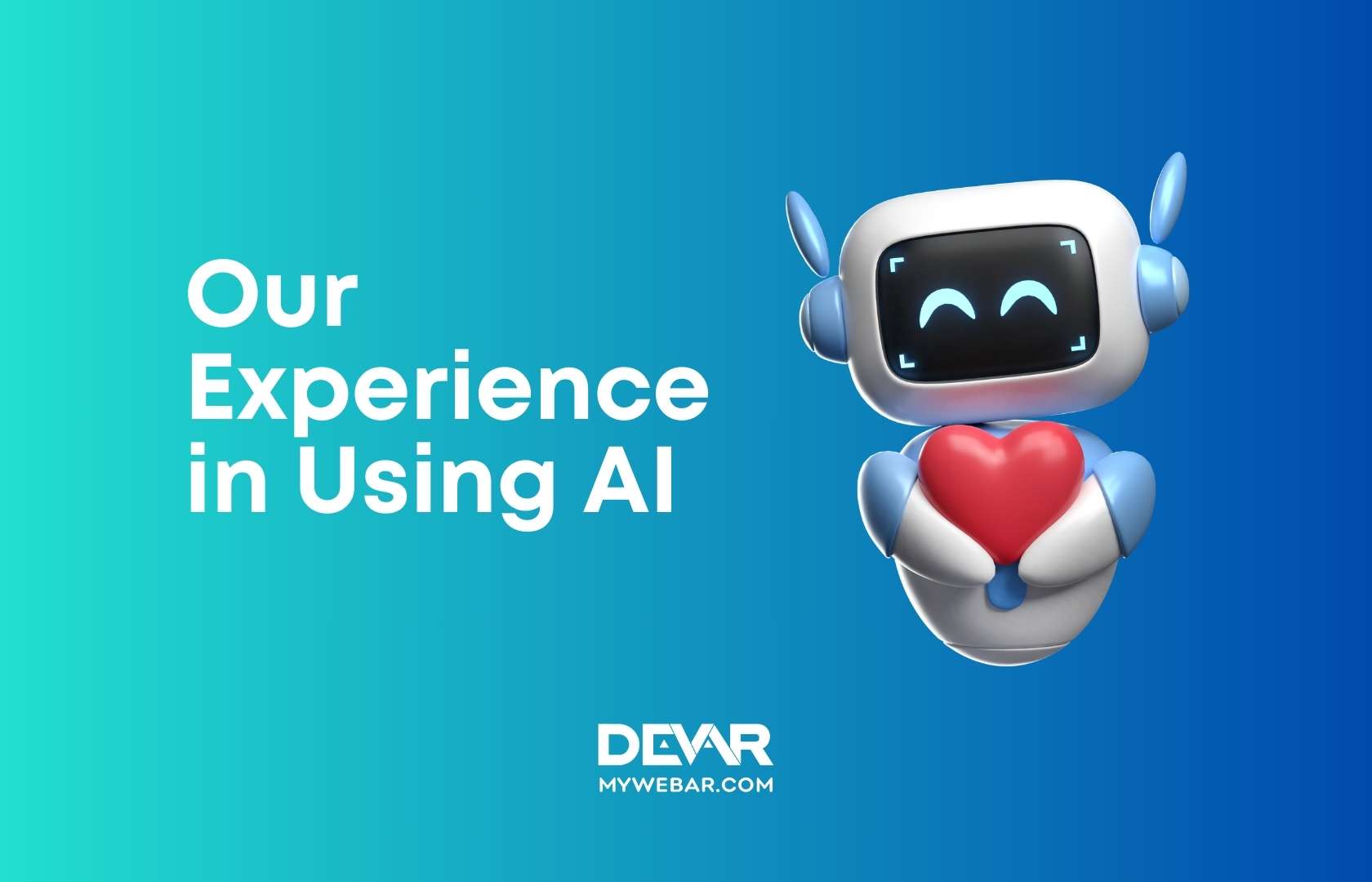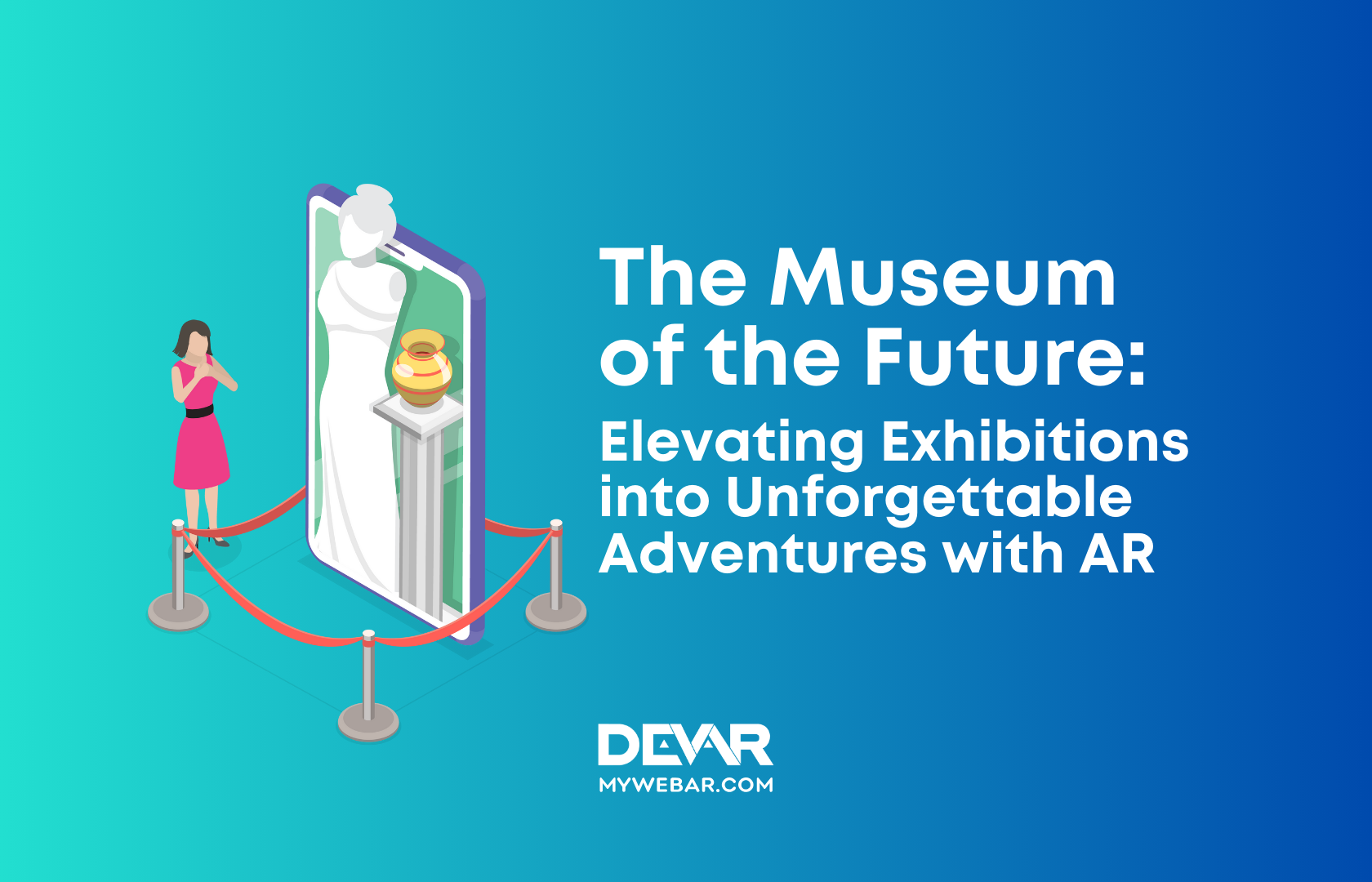While the world is buzzing with excitement about projects like ChatGPT and DALLE3, and as everyone is rushing towards finding their practical applications for business and life right here and now, events are taking place in the field of AI that signify a much more tectonic shift. They remain unnoticed by the general public for now but represent a huge step in the inevitable transformation of the world we live in today.
One such event is the recent paper “META BRAIN DECODING: TOWARD REAL-TIME RECONSTRUCTION OF VISUAL PERCEPTION.” This research demonstrates an artificial intelligence system capable of decoding unfolding visual representations in the brain with unprecedented temporal resolution.
In simple terms, the human brain is constantly processing and analyzing a myriad of sensory signals about the world around us. The new neural network analyzes these signals and, based on them, generates images. Essentially, it’s decoding brain activity. In fact, based on this, AI becomes capable of generating images.
An important point for our consideration is also the fact that all of this is done using magnetoencephalography – a non-invasive method that nonetheless provides thousands of measurements of human brain activity every second.
Look at these materials from the META research. On the left is the image that a person sees, and based on the brain signals occurring at that moment, AI generates images. Some variations of the results are presented on the right. Yes, currently, this is happening at the level of generating “similar categories” of an object, but knowing the speed and potential of technological development, one can easily imagine the outcomes of the next stages.
What does this milestone mean for the AI industry and immersive technologies, especially AR? Everyone interested in the augmented and virtual reality industry is awaiting a breakthrough device: XR glasses or even XR lenses. They should be stylish, lightweight, comfortable, and at the same time highly functional, ensuring the most seamless and fast consumption of immersive content. One of the stop factors for their presence on the market today, with all the aforementioned characteristics, is a certain number of technical constraints. Today’s top tech companies are already working on resolving them. However, while everyone talks about the technical constraints for high-quality augmented reality display, the complexity of transmitting images through them, and the need to simplify the device itself so the user can wear it, fundamentally different technological solutions, which don’t have these constraints, are overlooked.
Let’s combine everything mentioned above and indulge in some speculation. Today, AI is already capable of generating images based on brain activity signals that are very close to what the brain actually sees. Further development can be defined in two monumental stages.
The first stage:
AI will ultimately and reliably understand what a person sees by analyzing the electromagnetic waves of brain activity. This means that with the help of an external non-invasive device, we can read these signals while a person is looking somewhere. This device can be built into the temples of your glasses or be a small device attached to the head. In this case, XR device manufacturers don’t have to worry about overheating, design, weight, etc. This analysis technology removes all current limitations from wearables
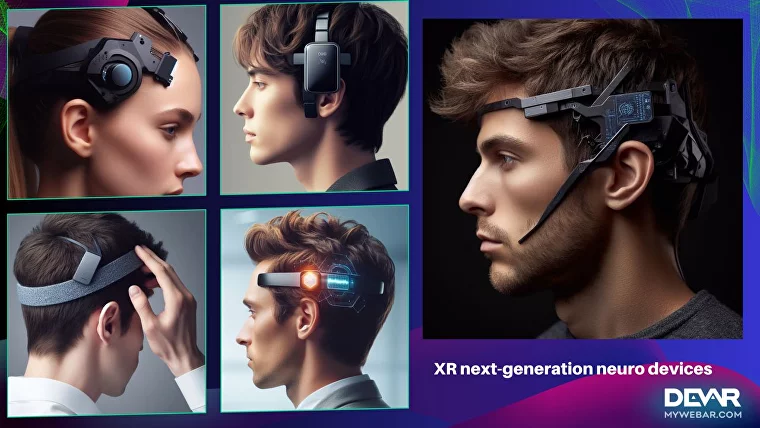
XR neuro device options
The second stage:
Once AI has learned to understand through electromagnetic signals WHAT you see, then the next step is to learn how to create THAT which you see by feeding the right signals back to the brain. Having data on which signals in the brain correspond to which images, we can send these signals to the brain, generating images that aren’t present in reality in front of you. In other words, creating augmented reality over the existing one.
Imagine you have such a device on you. You sit and enjoy the view of a mountain lake. Using the device, we send a signal to your brain that allows you to see a dinosaur flying over the lake. With the help of electromagnetic signals, images are created in front of you that don’t exist in the real world around you. The brain will simultaneously see the real picture and the added one. It’s one of the branches of augmented reality technology development that becomes possible due to the advancement of AI.
I view augmented reality as a superhuman vision that allows us to see what cannot be perceived with ordinary human sight. This neural network enables the creation of a non-invasive brain-computer interface. This technology might evolve faster and more efficiently than advanced AR glasses. Perhaps at some point, these two approaches will merge and operate in tandem
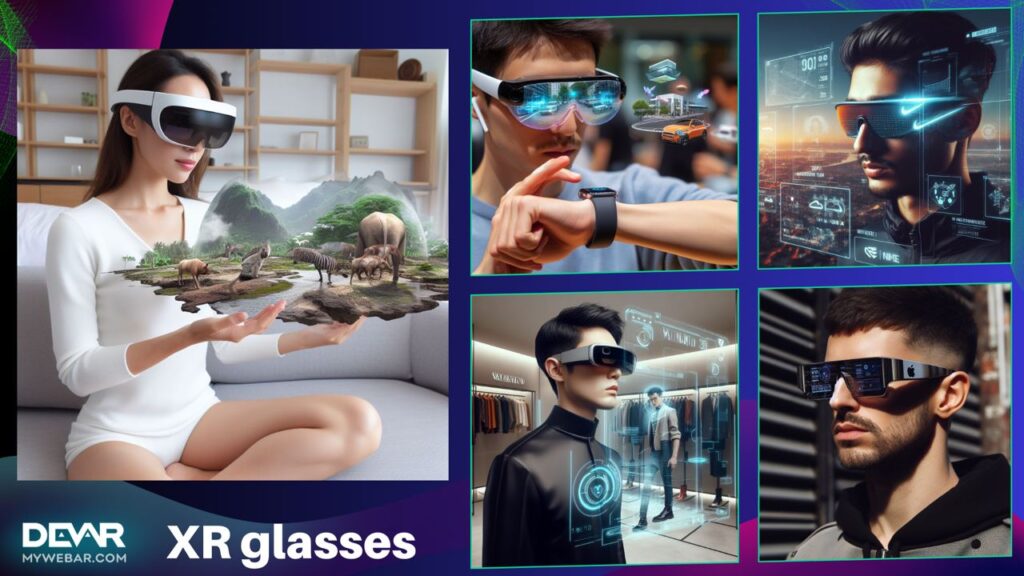
Next-generation XR device options
Today, there are devices that read neural signals. There are companies working on neural interfaces. Probably one of the most well-known is Elon Musk’s Neuralink. Apart from the primary medical use, he also speaks about non-medical applications. Neuralink will be able to connect with an app on a smartphone, allow a person to drive a “smart” car without touching the steering wheel, access the internet, or play computer games directly “from the mind.”
All these actions and research are creating a system where interaction with the world will shift to an entirely different level. One can endlessly discuss the incredible opportunities that will open up in connection with this.
However, there are risks. With such a device, a person essentially loses control. Wearable XR devices can at least be removed, allowing you to perceive the world as it truly is in reality. With a neural interface, how can you be 100% sure that you control what you see and what happens to you? Many unsettling questions arise. Where and how does the signal to the brain come from? Who decides what you see? Who is responsible for the actions performed while you wear this device? Can you even remove it?
Any technology always presents both incredible opportunities and also gives rise to doubts. The rapid development of immersive technologies and AI is already daily changing human behavior and consumption patterns. One thing is certain: the world is no longer what we once knew it to be. Discussions of the pros and cons are best left to technology enthusiasts and opponents for now. The only question left is, is such a device and neural interface the beginning of a full-fledged Matrix?
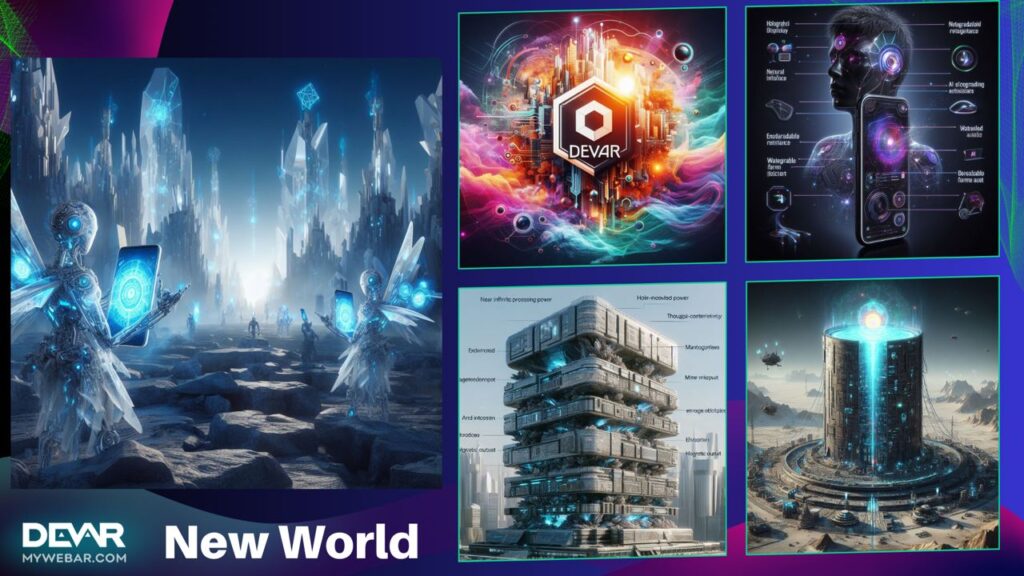
XR World DEVAR
